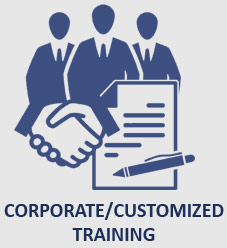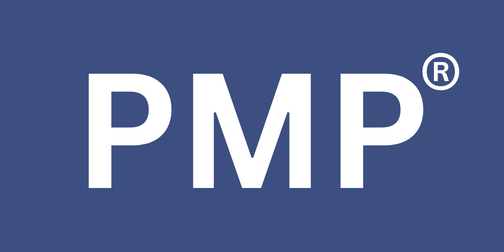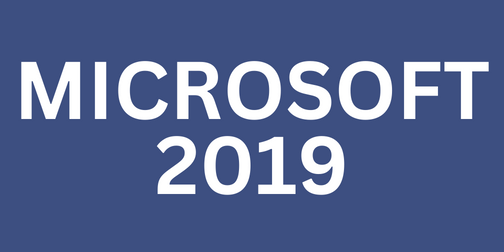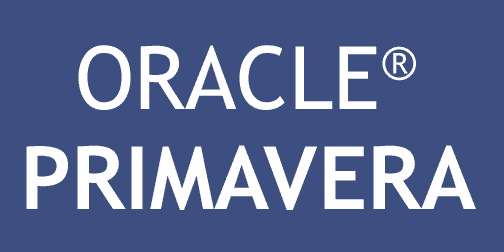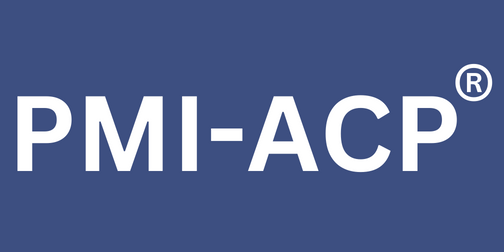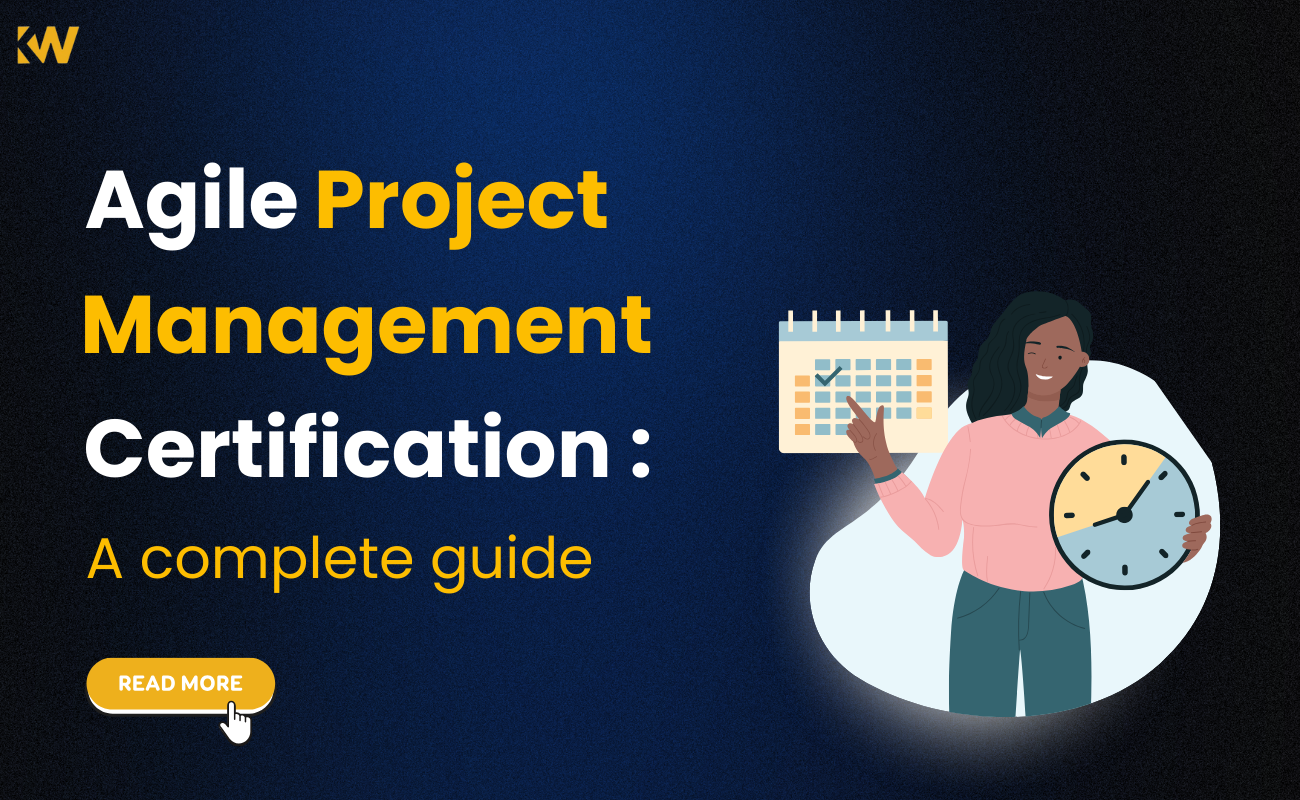
Agile project management certification: a complete guide
Posted On September 20, 2024 - 12:25 PM
Since its establishment, the Agile methodology has significantly evolved, gaining widespread acceptance among numerous organizations. For those who may not be acquainted with the concept, Agile refers to a project management approach that organizes projects into epics, which are subsequently divided into smaller, manageable components through chapters and sprints. Although this methodology is predominantly linked to software development and DevOps, its applications extend across various business sectors. Agile comprises a set of principles that align with organizational objectives, effectively addressing the unpredictability often associated with project management. Notable Agile methodologies include Scrum, Kanban, Extreme Programming (XP), and Adaptive Project Framework (APF).
Embarking on your journey to PMP certification is straightforward with Knowledgewoods PMP Certification. Begin by enrolling today.
The Principles of Project Management
Organizations aspire for project success and prefer to avoid the need for extensive post-mortems or a multitude of justifications for project failures from different viewpoints. Failed projects represent a significant financial loss, and their evaluation and recovery pose considerable economic challenges.
This necessity has led to the development of project management methodologies. These methodologies advocate for a disciplined and standardized approach to project execution, thereby minimizing the risks of failure. Project management aims to shift the conversation surrounding projects from traditional concerns about potential pitfalls to a focus on fostering success.
The Emergence of IT Agile Project Management
Historically, large-scale IT projects have garnered a reputation for frequently encountering significant challenges.
Tracing back to the 1970s, numerous analyses conducted post-failure revealed two persistent areas of concern:
-
1. Projects that employed minimal, if any, formal management methodologies.
-
2. Projects that did utilize a methodology, yet not one that was optimally suited for software development.
The concept of Agile originated from this latter category. Many organizations sought to enhance the success rates of IT projects by adopting various project management frameworks. However, the inflexibility of these methodologies often resulted in failures, leading to what is termed “paralysis by analysis.”
These procedural frameworks emphasized strict boundaries, linear progressions, and rigidly defined roles and responsibilities based on hierarchical structures, which ultimately constrained team capabilities and diminished overall project productivity. To illustrate, it is akin to an emergency room surgeon needing to obtain consent from the patient, the chief surgeon, and the hospital's board of directors before proceeding with critical surgery.
While step-by-step methodologies may be effective in sectors like construction, they are less applicable to software development. This became increasingly evident as the 1990s ushered in more dynamic and adaptable software development tools. Consequently, the demand for a new system that could facilitate development in a controlled yet highly flexible manner became essential.
These challenges culminated in the creation of Agile. This approach offers a managed framework for software development that eschews traditional procedural constraints and compartmentalization. Agile emphasizes iterative progress through product requirements, fosters continuous improvement, and promotes rapid responses to evolving requirements, all from a team-oriented perspective rather than an individual one.
Agile vs. Waterfall
-
Agile Project Management is fundamentally based on iterative methodologies. It represents a highly adaptable and collaborative approach, wherein project requirements and plans are frequently revised to accommodate the evolving needs of stakeholders, suppliers, and customers.
-
In contrast, traditional project management, commonly known as "waterfall" project management, presents several limitations. This approach struggles to address the complexities of intricate projects, as comprehensive requirements cannot be fully articulated until a prototype is created or various aspects of the product are developed.
-
Furthermore, when extensive planning occurs at the outset, there is a significant risk that requirements may shift during the project's execution, potentially leading to a product that is either ineffective or only partially meets its intended goals.
-
In an Agile framework, project development occurs in short cycles known as sprints, typically lasting two to three weeks. Each sprint involves the implementation of a module, during which user feedback is gathered, and any deficiencies are identified. This feedback is then utilized to refine the requirements for the subsequent sprint.
-
The distinction between Agile and traditional project management can also be illustrated through a metaphor: Agile resembles a relay race, where each participant hands off the baton to the next, while traditional, or waterfall project management, is akin to a basketball team, where the entire group shares responsibility and works cohesively to advance, passing the ball among themselves.
-
Agile Project Management emerged from a partnership between APMG-International and the DSDM Consortium. DSDM (Dynamic Systems Development Method), established in 1995, is recognized as the oldest Agile methodology and uniquely emphasizes the management of Agile projects.
How Scrum Works With Agile Project Management
Scrum operates as a component of the Agile project management framework, providing a structured set of principles and tools that facilitate rapid and effective decision-making. The term "Scrum" is derived from a specific player positioning strategy in Rugby and is often described as a "lightweight Agile" methodology.
The primary focus of Scrum is to produce and oversee swift resolutions to short-term tasks, commonly referred to as "sprints." A key element of this process is the daily meeting involving essential participants who contribute to the successful completion of the Sprint. This meeting, typically lasting around 15 minutes, is known as the "Scrum." The role of the "Scrum Master" is crucial in this context; however, it is essential to understand that this position is functional rather than hierarchical. The Scrum Master does not solely lead the team but instead fosters collaboration and works to eliminate any obstacles—be they procedural or otherwise—that may hinder the Scrum team from achieving their overall goals.
Overview of Agile Iterative Development
Agile project management retains the conventional project phases; however, the volume of work completed in each activity may vary throughout these phases (as detailed below).
Overview of Agile Scrum
-
Establishes a Project Management Framework
-
Fosters Significant User/Customer Engagement
-
Advocates for Ongoing Improvement
-
Facilitates Delivery in Iterative and Incremental Steps through sprints
-
Particularly Appropriate for Projects Characterized by High Uncertainty.
The Advantages of Choosing Agile Project Management for Your Organization
An increasing number of organizations are seeking more adaptable, iterative, and collaborative approaches to software development. Agile meets these needs effectively. Here are the key benefits:
- Reduced lead times
- Decreased administrative processes and their related overhead costs
- Enhanced collaboration among various individuals and organizational units working together within a unified framework to achieve success
- Consistent incremental delivery of product components, leading to better management of stakeholder expectations and increased confidence
- A higher level of shared participatory risk among contributing entities, which helps mitigate the "not invented here" and "more than my job’s worth" attitudes
- The lowered risk of project failure
- Easier measurement of project progress through deliverables, avoiding the complications of overly intricate project plan progress reports
The rising popularity of Agile has led to a greater demand for Agile Certified Project Managers and Scrum Masters. In the United States, an Agile Project Manager can anticipate an average salary of $91,000, with seasoned professionals earning over $125,000. Certified Scrum Masters typically earn around $103,000, with potential earnings reaching up to $165,000 plus additional benefits.
For those currently working as Software Developers, Team Leaders, or Non-Agile Project Managers and looking to diversify their careers, obtaining Agile and Scrum Master certification could be a crucial step toward enhancing future opportunities.
Conclusion
The information provided above encompasses all essential aspects of Agile project management. If you find that this article aligns with your professional aspirations, there is no reason to delay. Seek out an Agile certification that suits your requirements and enrol in a reputable Agile training program to enhance your career opportunities as a project manager, preparing yourself for a promising future in this field.
FAQ
Q1. Is Agile project management certification worth it?
Ans. Certification enhances career prospects by making individuals more competitive in the job market. Many employers prefer or require Agile-certified professionals for roles such as Scrum Masters, Agile Coaches, Product Owners, and Agile Project Managers.
Q2. Is Agile better than PMP?
Ans. Agile projects are more suitable for projects with an uncertain or rapidly changing scope, while PMP is better suited for projects with a well-defined scope.
Q3. Is Agile project management in demand?
Ans. Embracing the growth in demand for certified project management professionals and the adoption of Agile methodologies in new industries is the key to meeting the challenges and seizing opportunities in the business world.
Q4. Is Agile project management easy to learn?
Ans. If you're new to agile as a methodology, there's a lot to learn, but the basics are simple. Agile 101 begins with understanding that agile can be applied to anything. You can use agile practices to improve your personal task management, optimize workplace efficiency, or align software teams around product development.
Q5. Can I learn scrum without Agile?
Ans. Yes, you can absolutely become a Scrum Master even if you don't have a background steeped in Agile methodologies. Intriguing, right? You see, becoming a Scrum Master is more about embracing a new mindset rather than ticking off a laundry list of experiences or skills.











